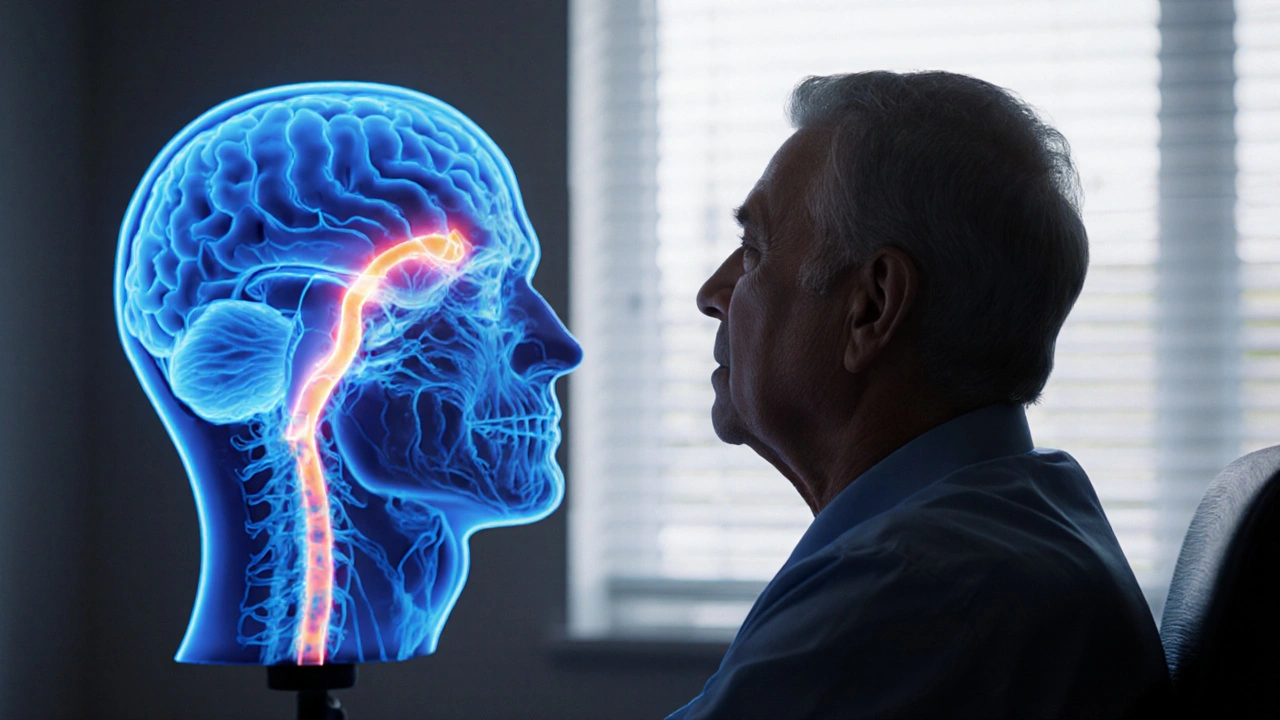Hemianopia: What It Is, How It Affects Vision, and What You Can Do
When you have hemianopia, a condition where half of the visual field is lost in both eyes. Also known as homonymous hemianopsia, it doesn’t mean you’re blind in one eye—it means your brain can’t process visual input from one side, even if your eyes are working fine. This isn’t just a minor inconvenience. People with hemianopia bump into doorframes, miss food on one side of their plate, or fail to see cars approaching from the left or right while driving. It’s a neurological issue, not an eye problem, and it usually comes from damage to the visual pathways in the brain.
Hemianopia most often follows a stroke, a disruption of blood flow to the brain, especially in the occipital lobe or optic radiations. It can also result from brain tumors, growths that press on or invade visual processing areas, head trauma, or surgery near the optic nerve. The side of vision lost (left or right) tells doctors exactly where the brain injury happened. If you lose vision on the right side, the left side of your brain was damaged—and vice versa. This isn’t random. It’s a direct map of how your brain processes sight.
There’s no magic pill to restore lost vision, but recovery is possible in some cases, especially if the cause is treated early. Many people adapt with visual scanning training, prism glasses, or environmental changes like placing important objects on their better-seeing side. Occupational therapists help retrain the brain to compensate. You might not regain full sight, but you can learn to move through the world safely again. The posts below cover real cases, treatment options, and how medications or neurological conditions like stroke or tumors relate to this kind of vision loss. You’ll find practical advice on managing daily life with hemianopia, what doctors look for during diagnosis, and how other conditions—like those affecting the optic nerve or brain—can trigger similar symptoms. This isn’t just theory. These are real experiences from people living with it, and the tools they used to get back on track.
Explore how stroke disrupts vision and visual perception, the common deficits like hemianopia and neglect, diagnosis, rehab strategies, and tips for patients and caregivers.

